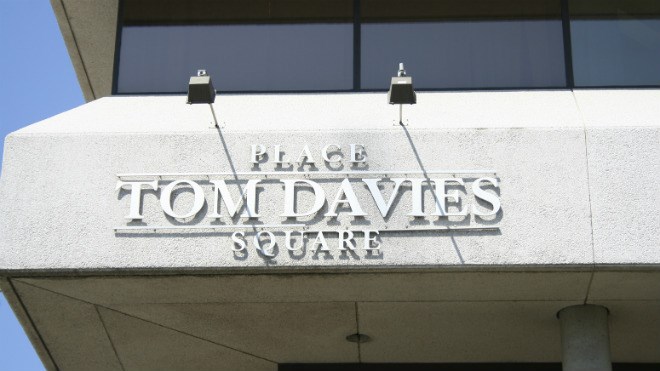Road repairs, arena upgrades, transit improvements and more are all on the table as options for where the city will invest a 1.5-per-cent capital levy, equal to $4.1 million.
The city's finance and administration committee will meet on June 2 and weigh out the options in a capital levy allocation report and decide on where the money should be spent.
Council's 2020 budget includes a 1.5-per-cent capital levy for investment toward the city's aging infrastructure. A staff report filed in January outlined the three main categories for projects:
- Arterial roads
- Local roads
- Buildings and facilities
The finance committee will also have the option to consider the alternatives of spending the capital levy of $4.1 million, borrowing over a 30-year period in the amount of $80 million and borrowing over a 20-year period in the amount of $61 million.
Topping the list of options for the capital levy is investing the $4.1 million directly into buildings and equipment, including arena upgrades, repairs to the Copper Cliff Library and various technological improvements to the city's transit system.
Option one comes in at a total of $8.9 million, with $507,000 for arena SMART Hub energy updates, arena roof replacements and interior drywall upgrades are estimated at $2.27 million, repairs at the Copper Cliff Library are slated to cost $1.2 million and transit technological improvements will cost nearly $5 million.
The city is estimating that it will receive more than $4 million in grant funding, including $3.6 million through the Investing in Canada Infrastructure Program (ICIP) for the proposed transit improvements.
A second option if council chooses to immediately invest the capital levy is to put it towards local road improvements for downtown areas.
A third option is a trio of arterial road improvements, including $1.6 million for Old Highway 69 from north of Maley Drive to McCrea Heights, $1.8 million for Capreol Road (MR 84) from Cote Boulevard to Linden Drive and $700,000 for Old Highway 69 from south of Jean D'Arc Street to north of Dominion Drive.
Should council opt out of designating the capital levy to the immediate projects, they have a pair of options that will allow them to use the money as an annual payment to secure debt and invest in a longer list of projects depending if the term is 20 or 30 years.
The $61-million debt over 20 years option includes a $14-million overhaul of Lorne Street from Power Street in Copper Cliff to Logan Avenue, replacing the Frobisher salt/sand dome at a cost of $8.2 million, as well as four-laning the Maley Drive extension from Frood Road to MR 35 including a roundabout at Frood Road.
The same projects would be included in a 30-year, $80-million debt, with the addition of more work to Lorne Street, including a $17-million project to fix the stretch between Logan Avenue and Elm Street.
This option would also include upgrades to various pools in the city, as well as the transit improvements mentioned in the immediate investment option.
If option one is chosen, $1.03 million will need to be funded in the 2021 capital budget for the transit-related project. The 1.5-per-cent capital levy would fund either the direct expenditure of $4.1 million on the set of approved capital projects or would provide the first payment toward 20- or 30-year debt-financing.
City staff is recommending that council approve the first option, using the $4.1 million to directly go towards projects that will be added to the roughly $170 million capital plan for 2020.
Full report can be found here.
